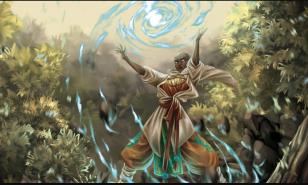D&D Best Cleric Cantrips (All Cleric Cantrips Ranked Worst To Best)

Magic is a staple in any fantasy game, and Dungeons & Dragons 5th edition is no exception.
To cast a spell, a character must weave the invisible strands of magic that permeate the world, pinning them in place in a particular pattern and then releasing them to unleash the desired effect.
No matter how powerful, all spellcasters can cast only a limited number of spells before resting, expending a spell slot.
Cantrips, however, are more limited spells that the character has practiced so much that they can cast them at will. That remains true for Clerics in 5th edition.
Each cantrip can complement your playstyle or fit a certain narrative niche, however, some are more commonly useful than others, and it's perfectly normal to wonder which pocket miracle to pick before heading out dragon-slaying.
Worry not, for we’ll help you with the daunting task of choosing which cantrips to take after praying to the shiny math rocks that determine faith.
10. Decompose.
 With its flavorful description, this here cantrip rapidly decomposes a corpse you touch. While colorful, it severely lacks the versatility of firepower other cantrips can offer.
With its flavorful description, this here cantrip rapidly decomposes a corpse you touch. While colorful, it severely lacks the versatility of firepower other cantrips can offer.
It can make for interesting role-play scenes, and even help ease the passing of an ally, but it’s so circumstantial that we can’t rank it higher on our list.
What Decompose Is Useful For:
- If you ever need to get rid of a body fast, decomposing is your go-to spell.
- Nothing makes death as cinematic as rapidly corroding a body. It can lead to some intense scenes.
Decompose details: http://dnd5e.wikidot.com/spell:decompose
9. Light.
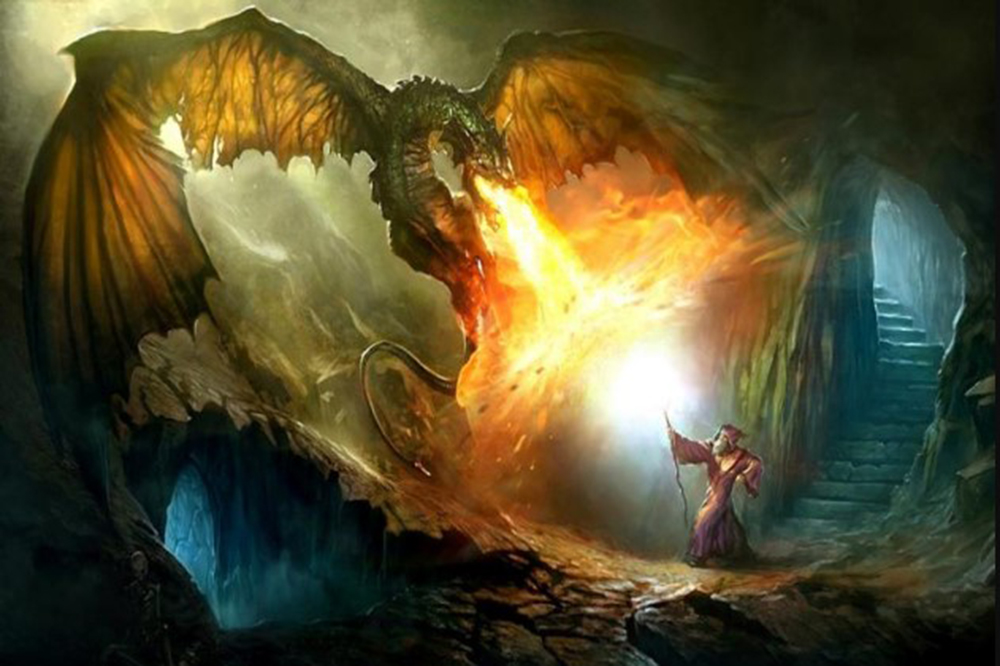 As the name suggests, this spell lets you imbue an object with bright light.
As the name suggests, this spell lets you imbue an object with bright light.
While this light is heatless and can be of any color you want, it offers as many mechanical benefits as a torch, and while it is convenient, most player races are gifted with some degree of dark vision.
What Light Is Good for:
- Unlike torches, light isn’t fire, thus you can cast it within flammable darkness to keep you from blindness.
- If your party is ever without torches or devoid of darkvision, light is a quick and easy way to get visibility while also saving up some pennies.
Light Details: http://dnd5e.wikidot.com/spell:light
8. Thaumaturgy.
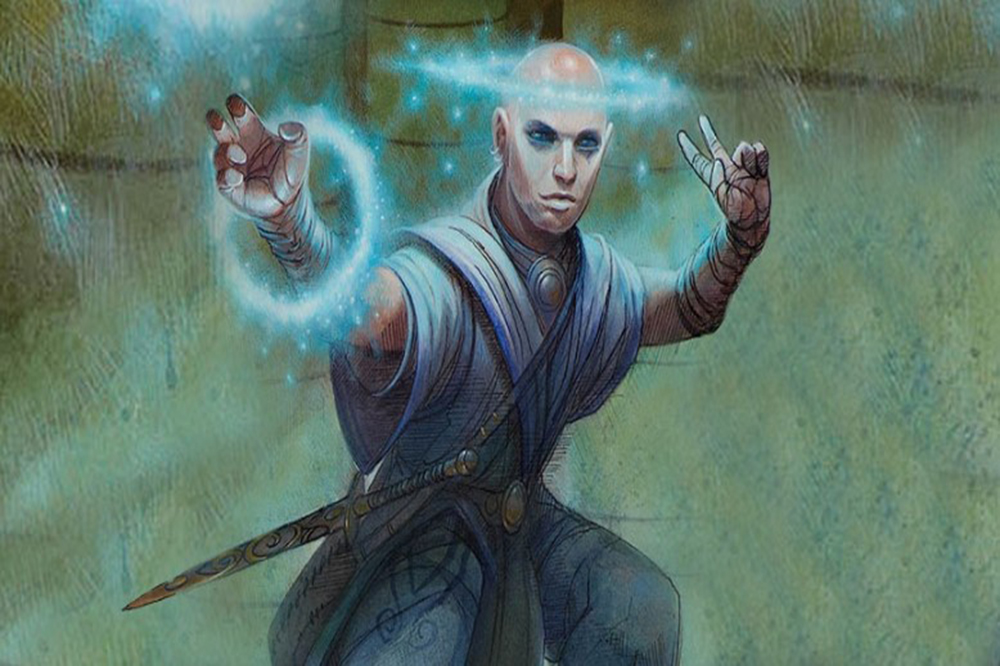 Making the ground shake, windows slam shut or cause flames to flicker, Thaumaturgy lets you manifest a minor wonder to inflict awe on those around you.
Making the ground shake, windows slam shut or cause flames to flicker, Thaumaturgy lets you manifest a minor wonder to inflict awe on those around you.
While the spell specifies all of its effects are harmless, it can add a lot of gravitas to a situation if used creatively.
What Thaumaturgy Is Good for:
- Role-play, role-play, role-play. Thaumaturgy is as good as you’re creative, it can turn any interaction into a memorable one.
Thaumaturgy Details: http://dnd5e.wikidot.com/spell:thaumaturgy
7. Resistance.
 A handy abjuration cantrip that lets you bolster a creature’s ability to succeed on a saving throw.
A handy abjuration cantrip that lets you bolster a creature’s ability to succeed on a saving throw.
With this, your target can add a d4 to the result of a saving throw of its choice. The only reason this spell isn’t ranked higher is that it only helps in one save and takes up your concentration for the duration.
What Resistance Is Good for:
- Sometimes you need to succeed on a Save. When prepared beforehand, it can make the difference between life and death.
Resistance Details: http://dnd5e.wikidot.com/spell:resistance
6. Mending.
 With this spell, you can become the handyman of the gods. This spell repairs a tear or breaks in an object you touch.
With this spell, you can become the handyman of the gods. This spell repairs a tear or breaks in an object you touch.
While it doesn’t restore magic to an object and has some limitations regarding the item’s size, this spell can help you repair a broken lock, take care of equipment, and much more!
What Mending Is Good for:
- With mending prepared most item-related inconveniences can disappear as you replace broken vases, re-lock broken doors, and anything in between.
Mending Details: http://dnd5e.wikidot.com/spell:mending
5. Toll the Dead.
 A potent necromancy cantrip that lets you rip the vitality off of a creature that you can see.
A potent necromancy cantrip that lets you rip the vitality off of a creature that you can see.
By invoking the sound of a wailing bell, you can force a creature to make a Wisdom save or take necrotic damage. What’s more, if the target is missing any of its Hit Points, your damage die increases!
What Toll the Dead Is Good for:
- Targets need to make a Wisdom saving throw, this makes this spell perfect for dealing with a monster with poor decision-making abilities.
- Unlike Bludgeoning, Slashing, and Piercing, Necrotic damage is more seldom resisted.
Toll the Dead Details: http://dnd5e.wikidot.com/spell:toll-the-dead
4. Spare the Dying.
 True to its namesake, Spare the Dying stabilizes a dying creature.
True to its namesake, Spare the Dying stabilizes a dying creature.
Why is this good? Sometimes you’re out of healing spells and don’t want to change the death of an ally. Spare the Dying takes off the heat of dealing with a dying creature and ensures they’ll get, at least, another round in the realm of the living.
What Spare the Dying Is Good for:
- With all the sword-wielding, fire-breathing threats in the world you’re sure to run out of spell slots at one point, by taking this cantrip you can make sure that your allies can survive death even when you’re tapped out of miracle juice.
- By Stabilizing the target, they are no longer in imminent death during their unconsciousness, thus you can focus on another task.
Spare the Dying Details: http://dnd5e.wikidot.com/spell:spare-the-dying
3. Word of Radiance.
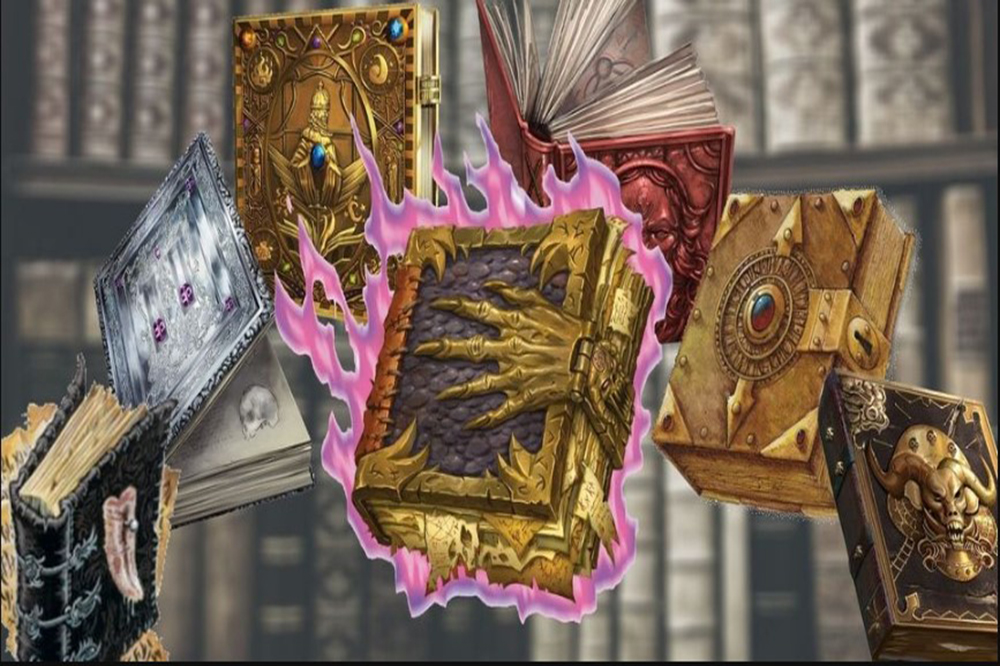 By uttering a divine word, creatures of your choice within 5 feet are engulfed in burning radiance.
By uttering a divine word, creatures of your choice within 5 feet are engulfed in burning radiance.
Unlike most cantrips, Word of Radiance is geared around a melee-oriented cleric who likes to waddle into the field of battle, taking several foes at a time.
What Word of Radiance Is Good for:
- Multiple foes are not an issue. As long as they are within 5 feet of you, you can harm all of them as long as they fail their Constitution saving throw.
- If you’re embarking on a divine crusade, you’re unlikely to find many foes who resist radiant damage.
Word of Radiance Details: http://dnd5e.wikidot.com/spell:word-of-radiance
2. Sacred Flame.
 The staple damaging cantrip for Clerics. Sacred Flame forces the target to succeed on a Dexterity saving throw or take radiant damage.
The staple damaging cantrip for Clerics. Sacred Flame forces the target to succeed on a Dexterity saving throw or take radiant damage.
If this sounds too straightforward, keep in mind that Sacred Flame ignores cover for the saving throw, making it that much harder to resist.
What Sacred Flame Is Good for:
- When it comes to ranged combat, cover can dictate the flow of battle. From archers huddling behind a perch to lancers in a shield wall, by ignoring their cover you can completely negate their tactical advantage.
Sacred Flame Details: http://dnd5e.wikidot.com/spell:sacred-flame
1. Guidance.
 This is it, a cantrip so good most Dungeon Masters (DMs) struggle with limiting its use.
This is it, a cantrip so good most Dungeon Masters (DMs) struggle with limiting its use.
Guidance lets you touch a willing creature, granting an extra d4 to an ability check of their choice.
The reason this is so good is that the target can roll the d4 before or after making the check, and since it’s a cantrip, there’s no reason not to keep this spell up in every situation that allows it.
What Guidance Is Good for:
Ability checks are the most common type of checks in Dungeons & Dragons. By perpetually boosting your chances of succeeding in them, you’re making most of the challenges you face that much easier.
Guidance details: https://roll20.net/compendium/dnd5e/Guidance#content
You May Also be Interested In:
Image Gallery
- Log in or register to post comments
 Home
Home PC Game Trailers
PC Game Trailers News
News Menu
Menu


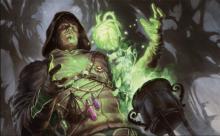


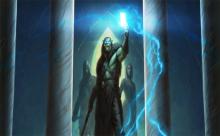


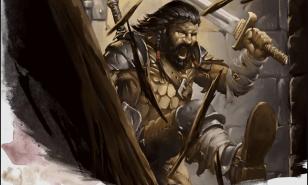



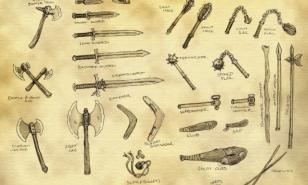

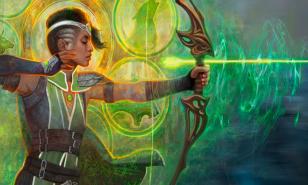
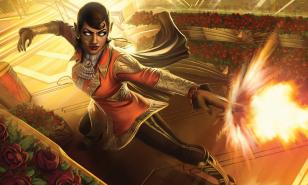
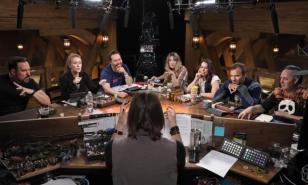
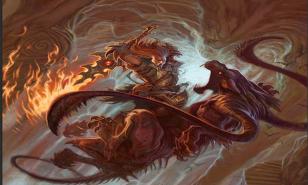
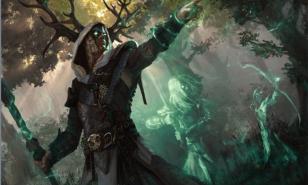


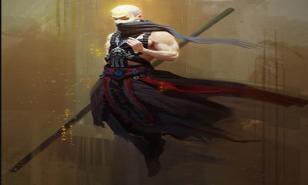
![[Top 3] D&D Best Druid Subclasses To Play](https://www.gamersdecide.com/sites/default/files/styles/308x185-scale-crop--more-top-stories/public/top_3_dd_best_druid_subclasses_to_play_1.jpg)
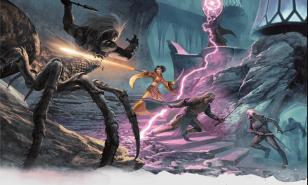

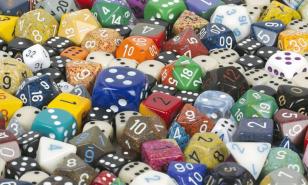
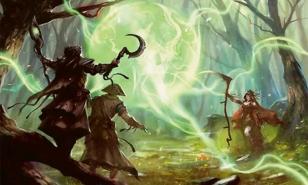
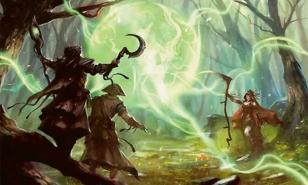


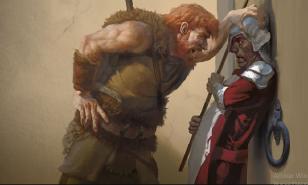

![Good D&D Cleric Names You Can Use [Top 100] Good D&D Cleric Names You Can Use](https://www.gamersdecide.com/sites/default/files/styles/308x185-scale-crop--more-top-stories/public/46_0.jpg)

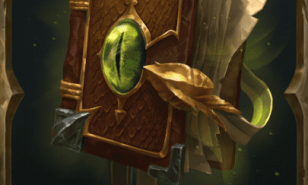
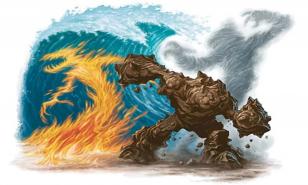
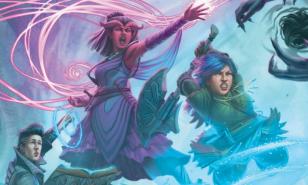

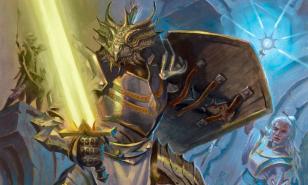
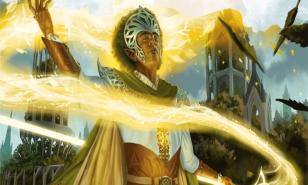
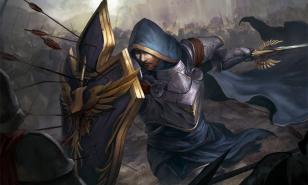

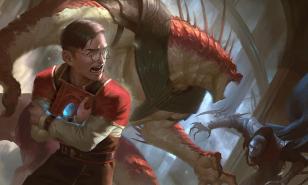
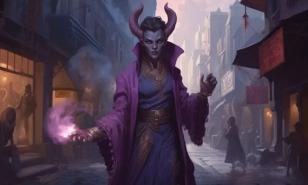
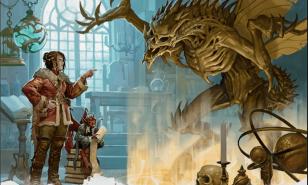

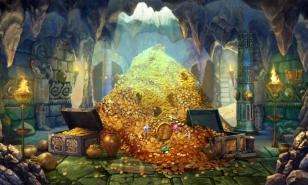



![[Top 5] D&D Best Monk Builds That Are Excellent](https://www.gamersdecide.com/sites/default/files/styles/308x185-scale-crop--more-top-stories/public/screen_shot_2022-02-16_at_3.13.03_am.jpg)


![[Top 5] D&D Best Rogue Multiclass Builds That Are Powerful D&D Best Rogue Builds](https://www.gamersdecide.com/sites/default/files/styles/308x185-scale-crop--more-top-stories/public/top_5_dd_rogue_multiclass_builds_that_are_powerful_rogue_1.jpg)

